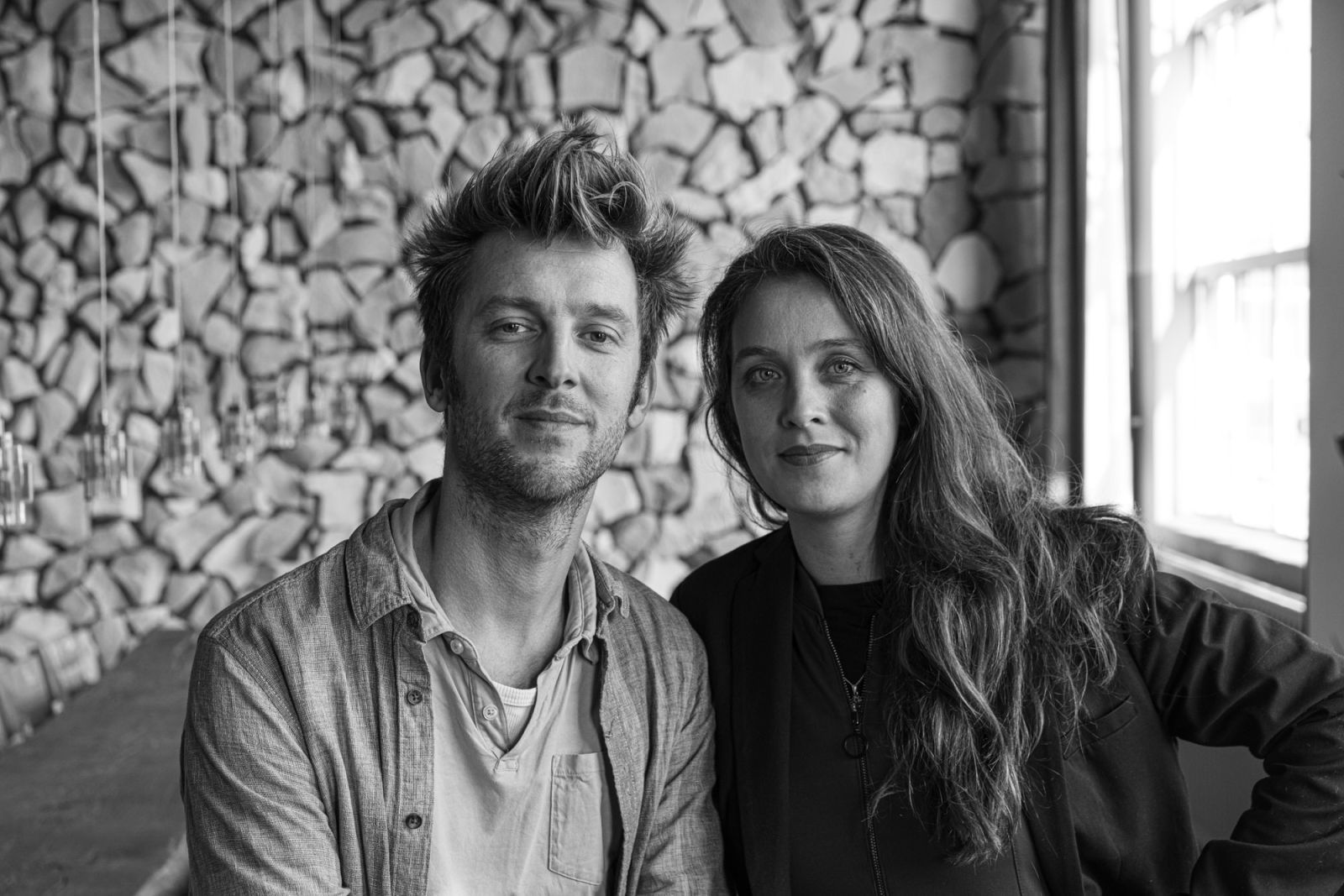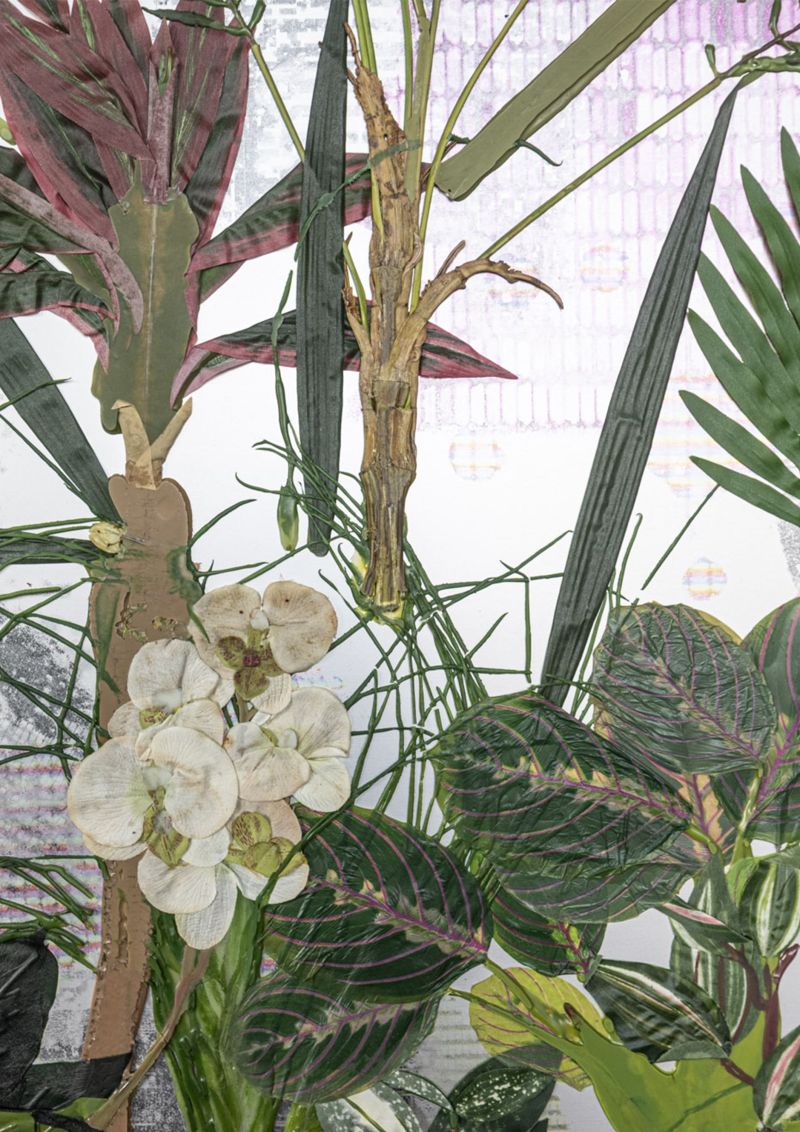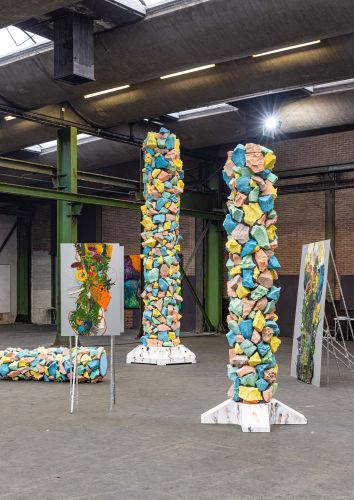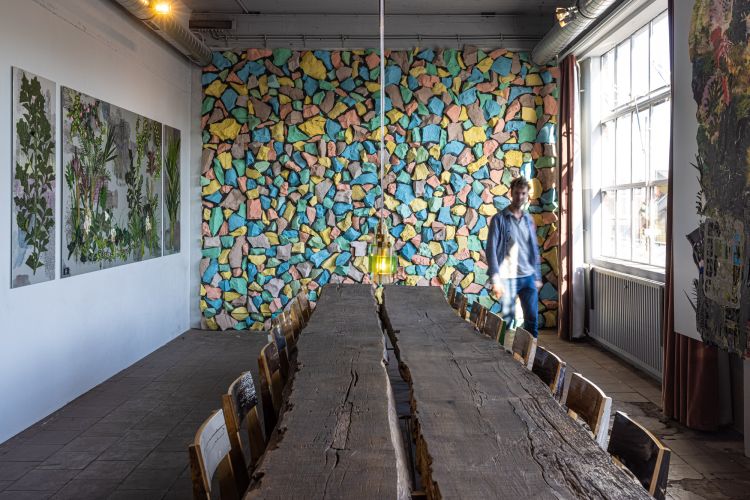When Klaas met Charley they were Bachelor students Product Design at ArtEZ University of the Arts. After graduating from the art school in Arnhem, Klaas Kuiken started a practice which became quite succesfull on its own. Meanwhile Charley did a Masters at the Sandberg Instituut. After she moved back to Arnhem in 2016 it took another three years before the two started collaborating. Charley struggled with the dilemma ‘what can I contribute to the world, as a young upcoming professional?’ This question makes a lot of sense to creative people as it is part of their motivations and professional purpose. Its not coincidental that Klaas Kuiken, who enjoyed some earlier success a designer, also dwindled upon similar issues. The match between Klaas and Charley grew intuitively but undeniably..
On show no show
DESIGN UNDER DESTRUCTION
White NoiseDada contemplates and evaluates the role of design in the current timeframe and cultural outlook. Klaas Kuiken and Charley Reijnders joined forces in this new collective trying to re-design and reconstruct the purpose and sense of ‘new products’.
‘The actual photography for this image took place in our storage. The original was photoshopped upon the stockphoto of an empty church. And so our second imaginary show took place in this abandoned church in Rome’.
Looks can deceive
They started working on concepts, figuring out their common approach along the way. ‘It was fun, driving us in the first place. Starting from scratch on ideas, without worrying about feasibility in terms of products or objects. It felt liberating.’ says Charley. Synergy forged them into a good working flow. Somewhat later they adopted ‘White Noise Dada’ as a label for the random, unpredictable and undesired sounds they want to resonate within the current scene. The duo tried out concepts in a series of short movies called ‘Random Acts of Destruction’ (on Vimeo). In 2019 they participated in Dutch Design Week and four months later ap- peared at OBJECT Rotterdam.
The first products premiered September 2020 at the presti- gious Rossana Orlandi Gallery in Milan. From there the contro- versial looking sofa ‘Johnny’ and cabinet ‘The Load’, grew into the outrageous manifestation ‘Stop Making Sense!’ presented at Piet Hein Eek’s gallery in Eindhoven, during Dutch Design Week, last October. WND experiments with a variety of video reels, assemblies of objects on a gallery floor or digital exhibitions reproduced in magazines. This mixed media approach keeps up to date with main stream communication and gains urgency from the hyperinflation of meaning during the past decade. All things apparent; fake or real, can draw media attention and gain momentum and thus shape the perception of viewers.
Design in an era of unease
All manifestations of WND are meant as conceptual performances, stirring up emotions, sometimes even disgust, as a precursor to some kind of intellectual debate. Through their use of irony Kuiken and Reijnders refer to the Dada cabarets of the early twentieth century. They design ‘punk’ objects as contraptions made from thrown away furniture and mattresses, found at the dump of thrift shops around Arnhem. Johnny, Billy and Mr. Jones are not part of a happy family and oppose any recreati- onal appreciation of design as a commodity.
However ironic and purposefully anti aesthetic the ‘new products’ by WND may look, they actually contemplate and evaluate the role of design against the current timeframe and outlook. For as little rationallity that may be derived from the pandemic; the side effects; two lockdowns during two winters, have caused a spread of mental disparities in the Netherlands. Political correctness co-exists alongside right- or leftwing radicalism, fake news. The complexities generate an overall feeling of chaos. To professionals in cultural production, especially freelancers working in the creative industries (young or old) there is very little reason for carefree optimism. ‘Stop making Sense’ appealed to the visitors of Dutch Design Week to reverse and shake off their normal valuation of design and design shows.
The columns were part of Big Art 2021 in Amsterdam. It’s an icon representing the classic Greek and Roman origins of European culture. Looks may be deceiving. This remnant of high culture appears to be clad in terracotta stones, while in reality these are oil drums wrapped in painted mattresses topped by polystyrene foam.










